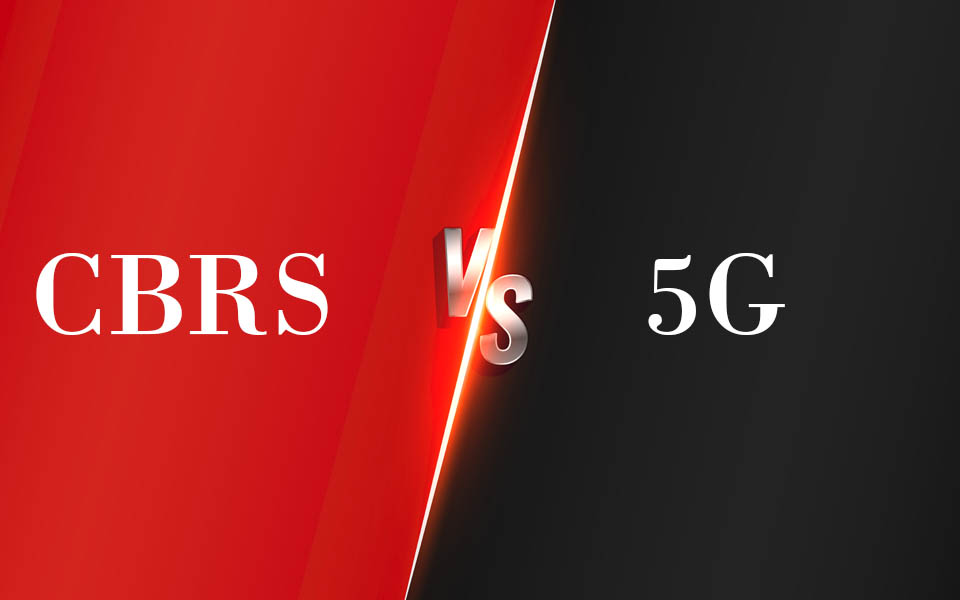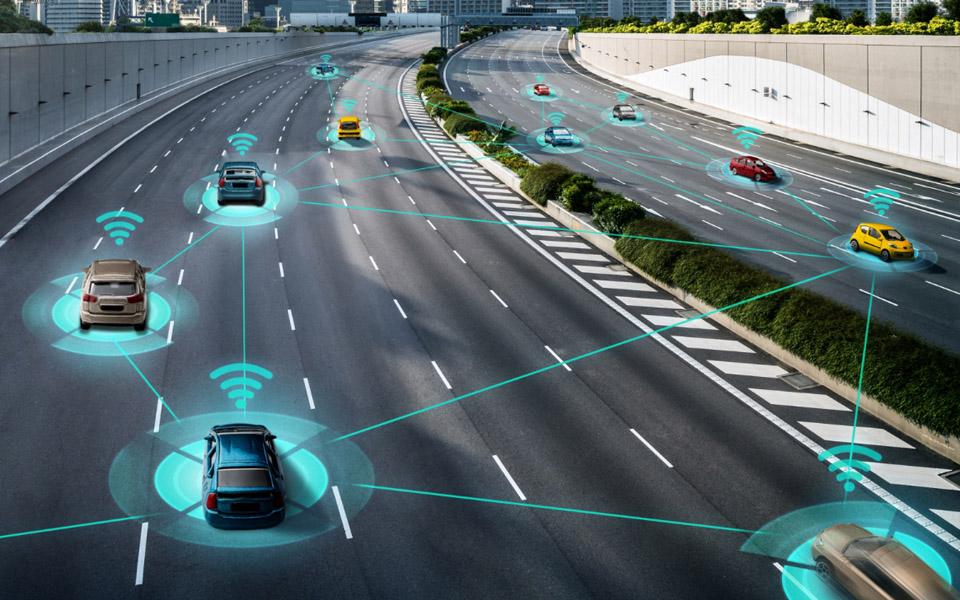Revolutionizing Urban Connectivity: A Case Study of Horizon 5G Outdoor CPEs in Smart City Implementation
In the age of digital transformation, smart cities are leveraging advanced technologies to enhance urban living. One such technology, Horizon 5G Outdoor Customer Premises Equipment (CPE), is playing a pivotal role in revolutionizing urban connectivity. This detailed case study explores the comprehensive implementation of Horizon 5G Outdoor CPEs in a mid-sized city in the United States, highlighting their impact on infrastructure enhancement, service optimization, citizen engagement, challenges faced, lessons learned, and future outlook.

Introduction
The concept of smart cities entails utilizing data-driven technologies to improve efficiency, sustainability, and quality of life for residents. With the advent of 5G technology, cities have an unprecedented opportunity to transform their infrastructure and services. Horizon 5G Outdoor CPEs are at the forefront of this transformation, providing high-speed wireless connectivity to urban areas. This case study delves into the multi-faceted approach taken by a mid-sized city in the United States to integrate Horizon 5G Outdoor CPEs into its smart city framework.
Background
Before delving into the case study, it’s essential to understand the fundamentals of Horizon 5G Outdoor CPEs. These devices serve as access points for 5G networks, enabling ultra-fast internet speeds and low latency. Unlike traditional indoor CPEs, outdoor CPEs are designed to withstand harsh weather conditions and cover larger geographic areas. The deployment of Horizon 5G Outdoor CPEs represents a significant leap forward in urban connectivity, offering residents and businesses unparalleled access to high-speed internet and a wide array of digital services.
Case Study Overview
The case study focuses on a mid-sized city in the United States that embarked on a smart city initiative with Horizon 5G Outdoor CPEs as a central component. The city’s goals included improving internet access, enhancing public safety, and optimizing municipal services. Over two years, the city collaborated with telecommunications providers, government agencies, and community stakeholders to design and implement a comprehensive strategy for deploying Horizon 5G Outdoor CPEs.
Infrastructure Enhancement
One of the primary benefits of deploying Horizon 5G Outdoor CPEs was the enhancement of the city’s infrastructure. By installing these devices strategically throughout the urban landscape, the city was able to extend 5G coverage to underserved areas and improve overall connectivity. This infrastructure upgrade laid the foundation for future innovation and economic development. In addition to expanding internet access, the deployment of Horizon 5G Outdoor CPEs also facilitated the integration of smart infrastructure components such as IoT sensors, smart streetlights, and intelligent transportation systems.
Service Optimization
The implementation of Horizon 5G Outdoor CPEs also led to significant improvements in service delivery across various sectors. For example, emergency responders benefited from faster response times and more reliable communication networks, leading to enhanced public safety. Municipal services such as traffic management, waste collection, and utility maintenance were optimized through real-time data analytics made possible by 5G devices connectivity. By leveraging the power of Horizon 5G Outdoor CPEs, the city was able to streamline operations, reduce costs, and improve overall service quality for residents and businesses alike.
Citizen Engagement
Perhaps the most impactful aspect of the Horizon 5G Outdoor CPE deployment was its effect on citizen engagement. With ubiquitous high-speed internet access, residents gained access to a wide range of digital services and resources. From online education platforms to virtual community forums, the city experienced a surge in digital participation, empowering citizens to actively contribute to the urban ecosystem. The deployment of Horizon 5G Outdoor CPEs also facilitated greater transparency and accountability in local government, as residents were able to access real-time data on city operations and provide feedback directly to decision-makers.
Challenges and Solutions
Despite its numerous benefits, the implementation of Horizon 5G Outdoor CPEs presented several challenges. These included regulatory hurdles, infrastructure limitations, and privacy concerns. However, through collaborative efforts between city officials, telecommunications providers, and community stakeholders, these challenges were addressed through effective policy frameworks, infrastructure investments, and public education campaigns. For example, the city worked closely with regulatory agencies to streamline the permitting process for deploying outdoor CPEs and ensure compliance with privacy regulations such as GDPR and CCPA. Additionally, the city invested in robust cybersecurity measures to protect against potential cyber threats and safeguard sensitive data transmitted over the 5G network.
Lessons Learned
The case study yielded valuable insights into the deployment of Horizon 5G Outdoor CPEs in a smart city context. Key lessons learned included the importance of stakeholder collaboration, the need for robust regulatory frameworks, and the significance of ongoing infrastructure maintenance and upgrades. By documenting these lessons, other cities can benefit from the experiences of their peers and accelerate their smart city initiatives. Moreover, the case study underscored the importance of community engagement and inclusivity in the planning and implementation process, ensuring that the benefits of 5G technology are accessible to all residents, regardless of socioeconomic status or geographic location.
Future Outlook
Looking ahead, the future of urban connectivity appears promising with Horizon Powered 5G Outdoor CPEs poised to play an increasingly integral role. As 5G technology continues to evolve and mature, cities will have unprecedented opportunities to innovate and improve the lives of their residents. From autonomous vehicles to remote healthcare services, the possibilities are endless, signaling a new era of urban prosperity and sustainability. By harnessing the full potential of Horizon 5G Outdoor CPEs, cities can create inclusive, resilient, and future-ready urban environments that prioritize the needs and well-being of their citizens.
Conclusion
In conclusion, the implementation of Horizon 5G Outdoor CPEs in smart city environments represents a paradigm shift in urban connectivity. By leveraging the power of 5G technology, cities can enhance their infrastructure, optimize services, and foster greater citizen engagement. While challenges exist, the benefits far outweigh the risks, positioning smart cities for a brighter and more connected future. Through strategic planning, collaboration, and innovation, cities can harness the transformative potential of Horizon 5G Outdoor CPEs to create sustainable, equitable, and thriving urban communities.








